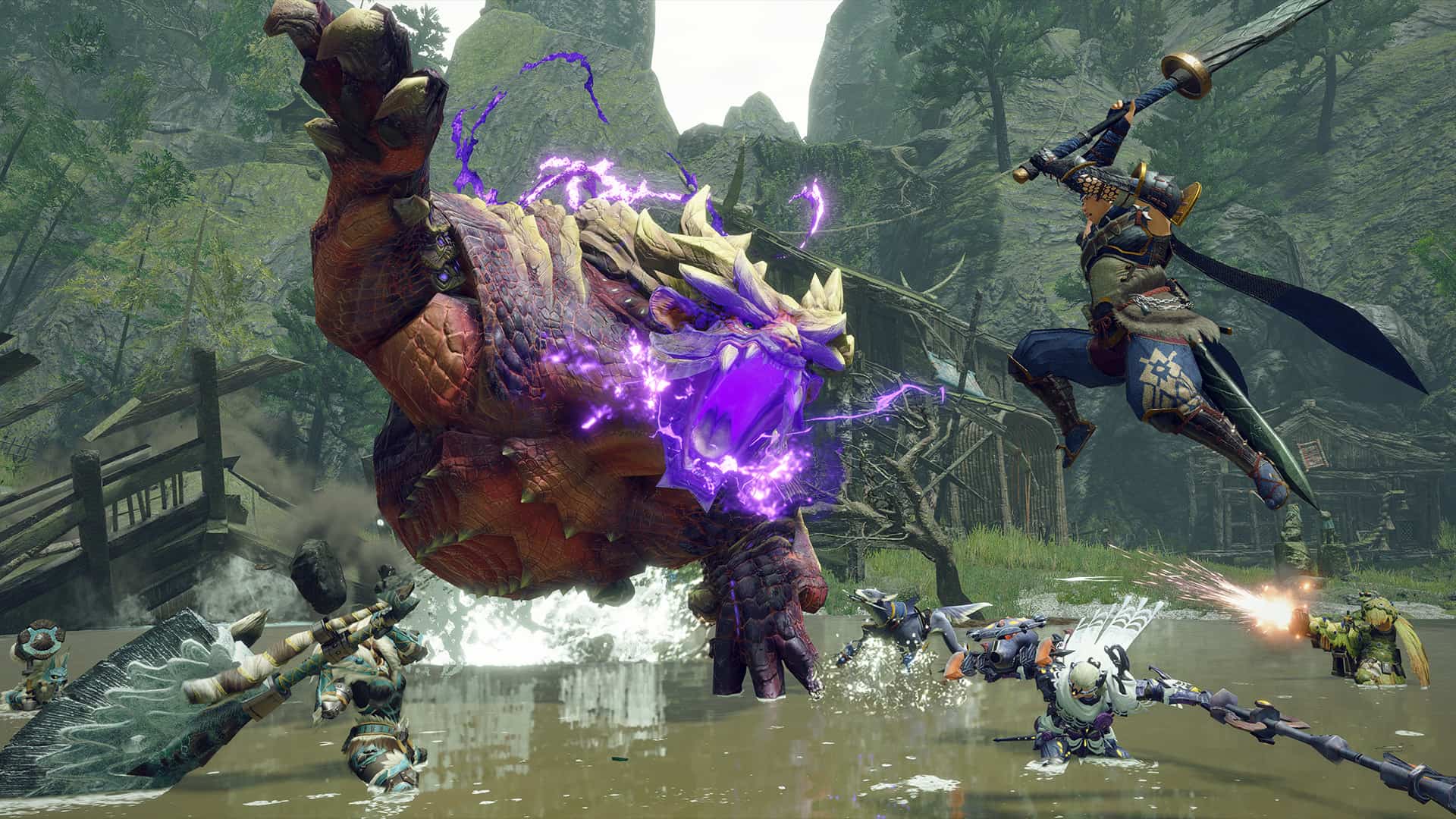Monster Hunter is an action RPG series developed by Capcom. As the name suggests, the games focus on taking down massive, powerful creatures. You have an arsenal of large, elaborate weapons to aid you in your hunts. Using materials recovered in the field, you can also upgrade your gear to take on bigger and more dangerous beasts. The franchise has a dedicated following, to the point of receiving a film adaptation in 2020. While there have been several spinoffs over the years, here are the main Monster Hunter games in release order.
Monster Hunter (2004)
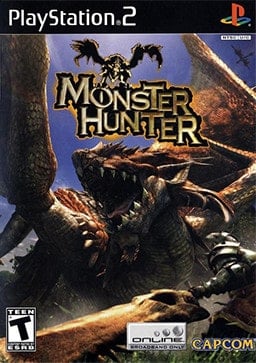
The very first Monster Hunter title came out in Japan for the PlayStation 2 in March of 2004. North America would receive the game in September of that year, and it would reach Europe in 2005. The first game established many of the hallmarks of the franchise that would go on to bear its name, such as a heavy focus on online play and the pursuit of a high Hunter Rank. Also introduced in this first game are Felynes, humanoid cat companions that assist players in combat. An expanded remake called Monster Hunter G released in 2005, and this remake was ported to the Wii in 2009. This remake was also ported to the PSP as Monster Hunter Freedom.
Monster Hunter 2 (2006)
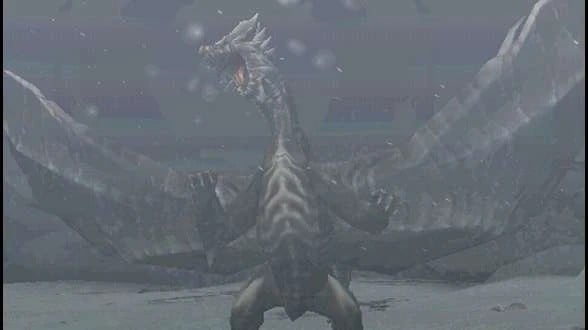
The sequel to the first Monster Hunter was also a PS2 title, but it never saw an international release. The game was exclusive to Japan. Aside from a fan translation that came out this year, there is no English support for it. A handheld spinoff called Monster Hunter Freedom 2 launched worldwide in 2007 and adapted much of the content from this one, but it remained an original title with new story content. Despite its exclusivity, Monster Hunter 2 was formative for the franchise, introducing seasons and a day/night cycle. It also expanded the armory with weapons that would go on to be franchise mainstays like the Long Sword and Hunting Horn.
Monster Hunter Tri (2009)
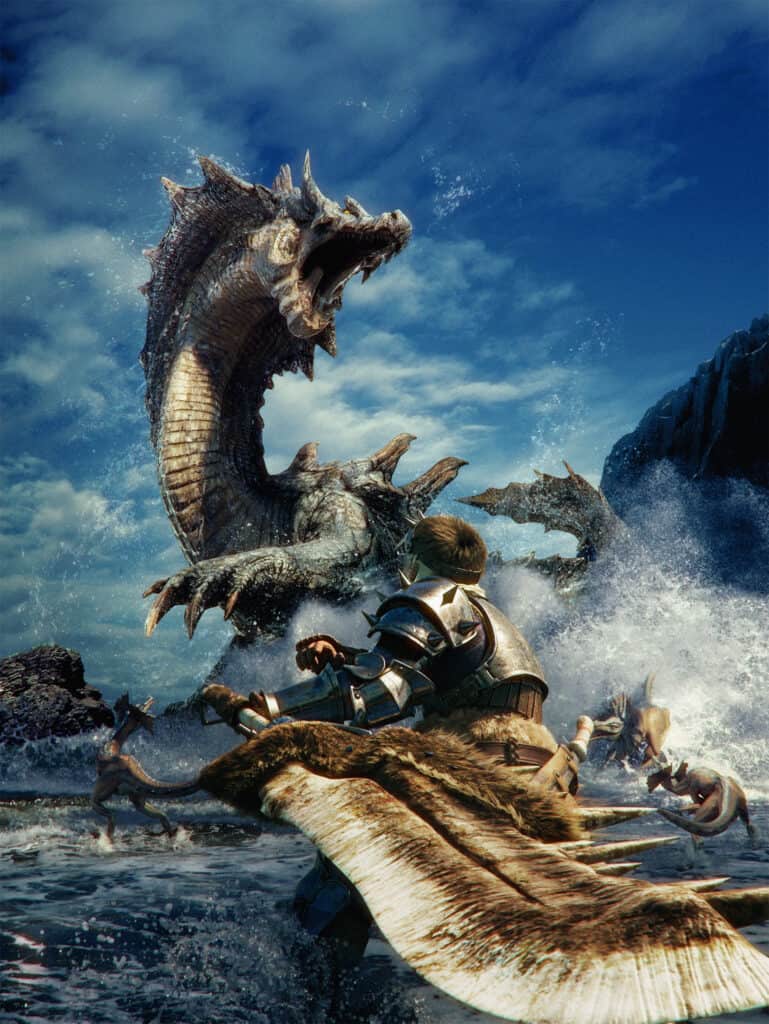
The third main series game, otherwise known as Monster Hunter 3, launched for the Wii in Japan. North America, Europe, and Australia received the title the following year. The game was a commercial success, and an enhanced version called Monster Hunter 3 Ultimate came out for the Nintendo 3DS two years later. As with the previous two games, a spinoff title called Monster Hunter Portable 3rd launched for the PSP in 2010. Later, the aforementioned 3DS port would incorporate content from this spinoff. This title was notable for its nautical setting. The game takes place in the fishing town of Moga Village, and its flagship monster, Lagiacrus, is a sea serpent. Consequently, players can take part in underwater hunts, a new feature for the series.
Monster Hunter 4 (2013)
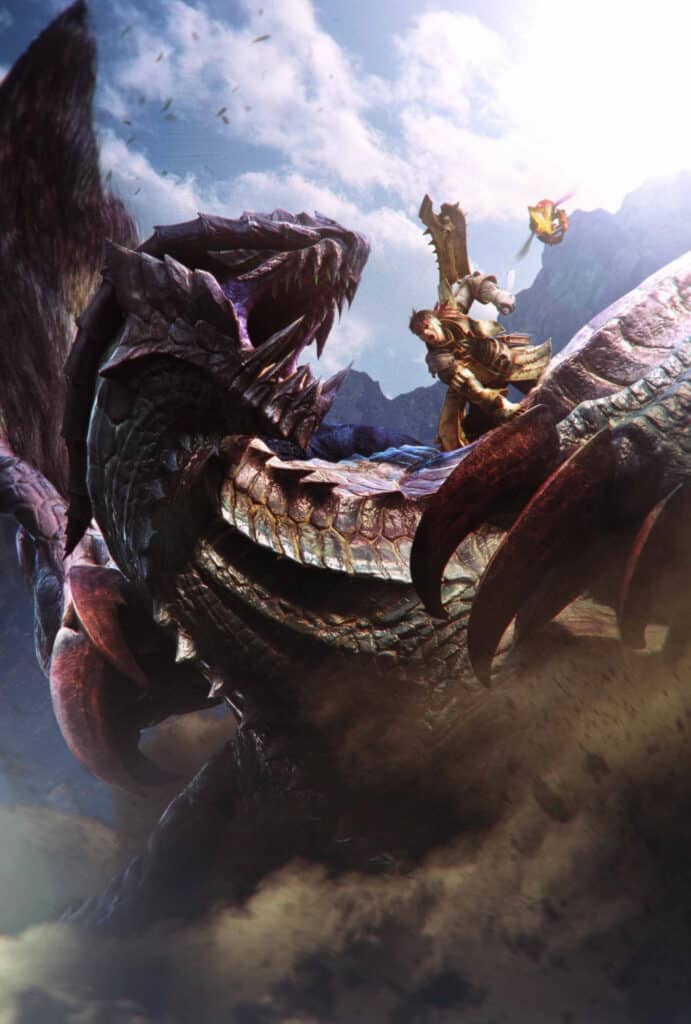
This is the first exclusively handheld title in the main Monster Hunter series, launching for the 3DS in Japan in 2013. As usual, an expanded edition, Monster Hunter 4 Ultimate came out in the region later that year. This is the version that reached the international market, coming out in 2014 in North America, Australia, and Europe. This game removed the underwater combat from its predecessor, and instead placed an emphasis on verticality. The map offered more fluid climbing mechanics and new opportunities to jump onto the backs of monsters. The plot revolved around a sinister, shadowy new dragon by the name of Gore Magala.
Monster Hunter Generations (2015)
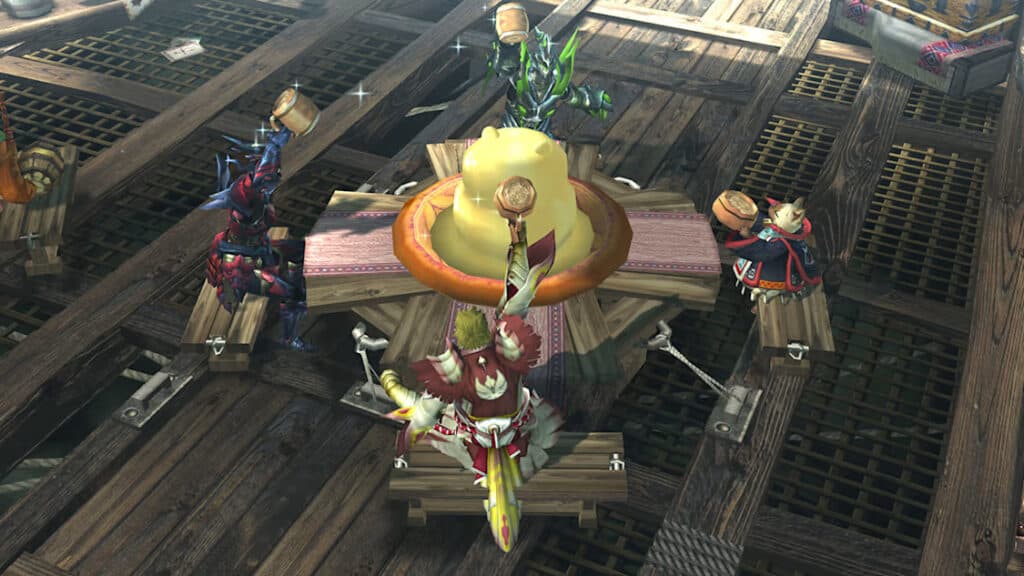
While technically a spin-off, Monster Hunter Generations retains the gameplay fundamentals that have defined the franchise. The game is a sort of informal celebration for the series, marking more than ten years since its debut. To commemorate the occasion, this game introduced a major new gameplay mechanic in the form of Hunting Arts. These special moves can deal massive damage, heal allies, or provide strategic buffs to drastically change the course of gameplay. Another mechanic, Hunting Styles, lets players change up the attack sets they can use with each of their weapons. While this game launched for the 3DS originally, an expanded port called Monster Hunter Generations X came out for the Switch in Japan in 2017, releasing for international markets the following year.
Monster Hunter: World (2018)
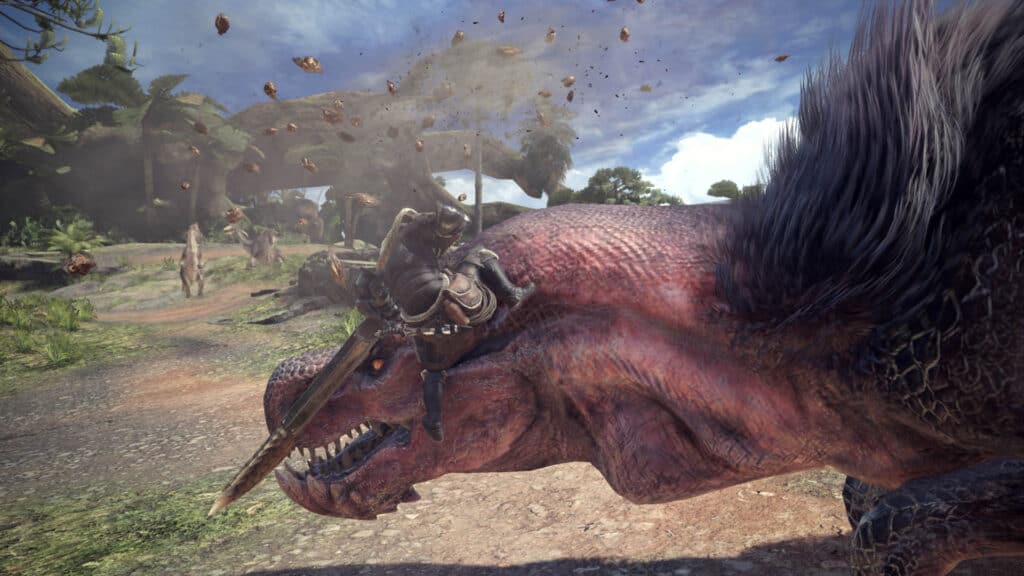
Unlike previous entries in the series, Monster Hunter: World received a worldwide release for PS4 and Xbox One, with a PC port following later that year. It was a massive development for the franchise, presenting a number of adjustments to the gameplay and design that had carried the franchise for over a decade. One of the biggest changes was the removal of “zones.” In previous entries, each map was divided into smaller, self-contained areas that were cut off from each other by a transition screen. The more powerful technology of newer consoles allowed Capcom to make each map a fully connected region that players can freely explore at their leisure. Other modifications helped ease the learning curve for new players, making Monster Hunter: World the single highest-selling game Capcom has ever released.
Monster Hunter Rise (2021)
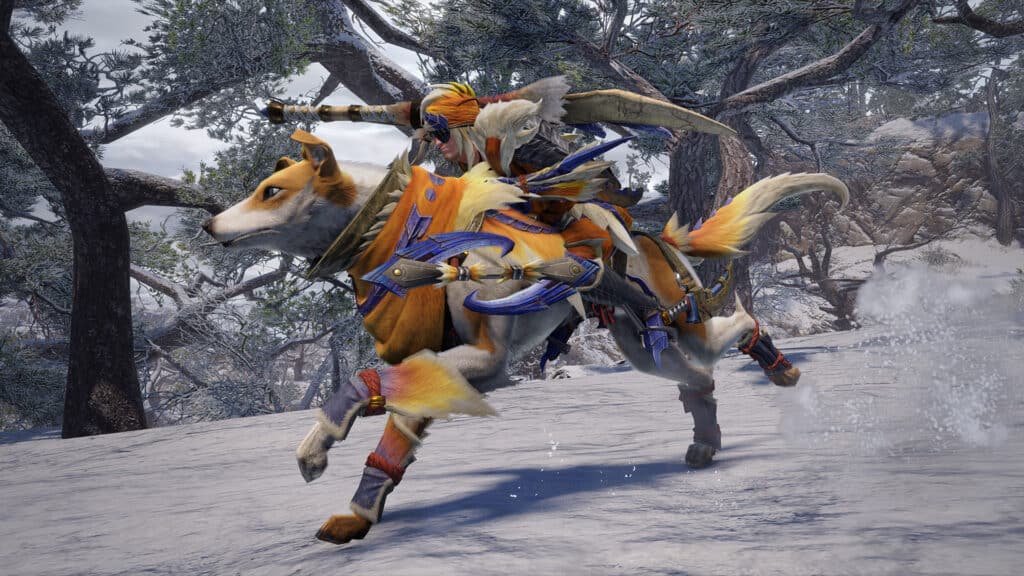
The most recent main series game received another worldwide release for the Switch, and was later ported to PC as well as PS4, PS5, Xbox One, and Xbox Series X/S. The game built on the mechanical developments introduced in Monster Hunter: World, while introducing some exciting new features to entice players. Wirebugs in the game function as grappling hook points of sorts, giving players new options to traverse the world and climb onto monsters. Arguably the most prominent change, however, was the introduction of Palamutes. These canine companions can be ridden throughout the world and will assist you in combat, just like their Felyne counterparts.
